
About Andrew Cusack
 Writer, web designer, etc.; born in New York; educated in Argentina, Scotland, and South Africa; now based in London.
Writer, web designer, etc.; born in New York; educated in Argentina, Scotland, and South Africa; now based in London. read more
News
Blogs
Reviews & Periodicals
Arts & Design
World
France
Mitteleuropa
Knickerbockers
Argentina
The Levant
Africa
Cape of Good Hope
Netherlands
Scandinavia
Québec
India
Muscovy
Germany
Academica
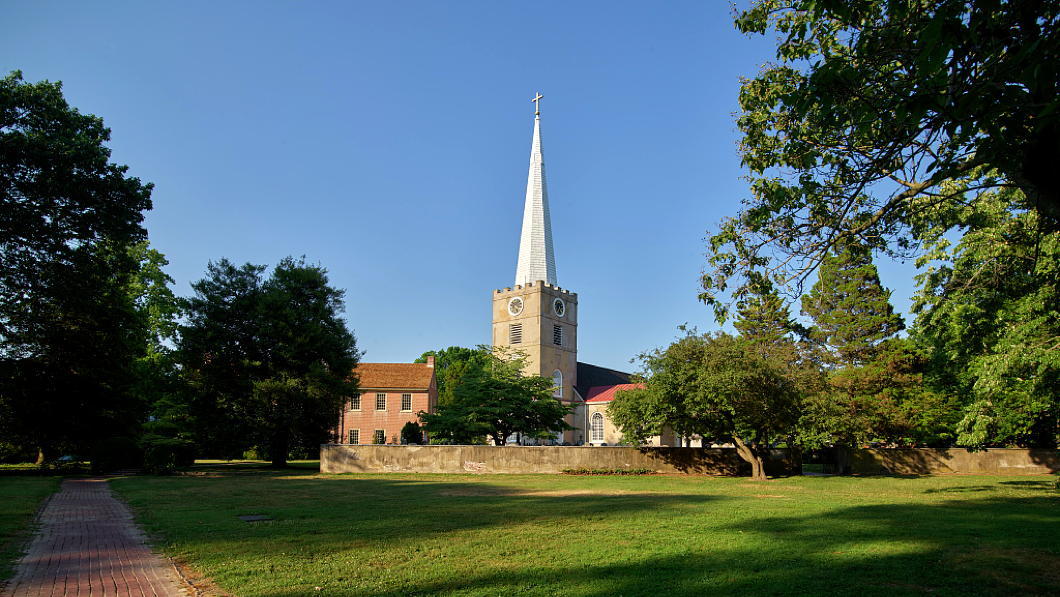
Immanuel on the Green
The prettiest situated church in the little state of Delaware
In the old Delaware hundred of New Castle on the town green sits the Immanuel Protestant Episcopal Church — the first Church of England parish in what is now the State of Delaware. This part of the world started out as New Sweden, but our Dutch forefathers of old, settled as they were in New Amsterdam, quickly took umbrage at the Scandinavian presence in what they viewed as a distinctly Netherlandic domain.
By the time Sweden and Poland went to war in 1755 — a conflict, confusingly, called the Second Northern War by some and the First Northern War by others — a Polish citizen of New Amsterdam had convinced the governor, Peter Stuyvesant, to let him take a team to go and establish a Dutch fort in the lands claimed by the Swedes. Stuyvesant named the settlement Fort Casimir after the many legendary Polish kings to bear that name, as well as the reigning King of Poland at the time, John II Casimir.
The dastardly Swedes captured Fort Casimir in 1654, led by an Östergötlander by the name of Johan Risingh. (As it happens, Rising had studied at Leiden in the Netherlands in addition to his native land’s university of Uppsala.) The Swedes had seized the fortress on Trinity Sunday, and so they rechristened it as Fort Trinity — or Fort Trefaldighet in their own tongue.
Stuyvesant was forced to lead an expedition himself to kick the Swedes out and, after a scrap that went down as “the Most Horrible Battle Ever Recorded in Poetry or Prose”, he returned to Dutch Manhattan in triumph.
“It was a pleasant and goodly sight to witness the joy of the people of New Amsterdam at beholding their warriors once more return from this war in the wilderness,” no less a source than Diedrich Knickerbocker recounts.
The schoolmasters throughout the town gave holiday to their little urchins who followed in droves after the drums, with paper caps on their heads and sticks in their breeches, thus taking the first lesson in the art of war. As to the sturdy rabble, they thronged at the heels of Peter Stuyvesant wherever he went, waving their greasy hats in the air, and shouting, ‘Hardkoppig Piet forever!’
It was indeed a day of roaring rout and jubilee. A huge dinner was prepared at the stadthouse in honor of the conquerors, where were assembled, in one glorious constellation, the great and little luminaries of New Amsterdam. … Loads of fish, flesh, and fowl were devoured, oceans of liquor drunk, thousands of pipes smoked, and many a dull joke honored with much obstreperous fat-sided laughter.
But the joyous dominion the Hollanders held over the former Swedish territory was to be short-lived. By fate and the divine hand, the Duke of York — later our much beloved and since departed majesty King James II — seized New Amsterdam without firing a shot in 1664 and New Netherland became the Province of New York overnight.
Down on the banks of the Delaware, the Dutch-founded Fort Casimir, re-consecrated as Fort Trinity by the Swedes, had returned to Dutch control under the name of Nieuw Amstel. The English now named it New Castle, a name which has stuck ever since.
By a livery of seisin, the Duke of York transferred this part of his fiefdom to William Penn in 1680, who went and founded Pennsylvania a year later. But the English, Dutch, and Swedish inhabitants of “the lower counties on the Delaware” bristled under the dominance of the culturally distinct Quakers. They petitioned the Crown to be governed by a separate legislature, which privilege was duly granted in 1702.
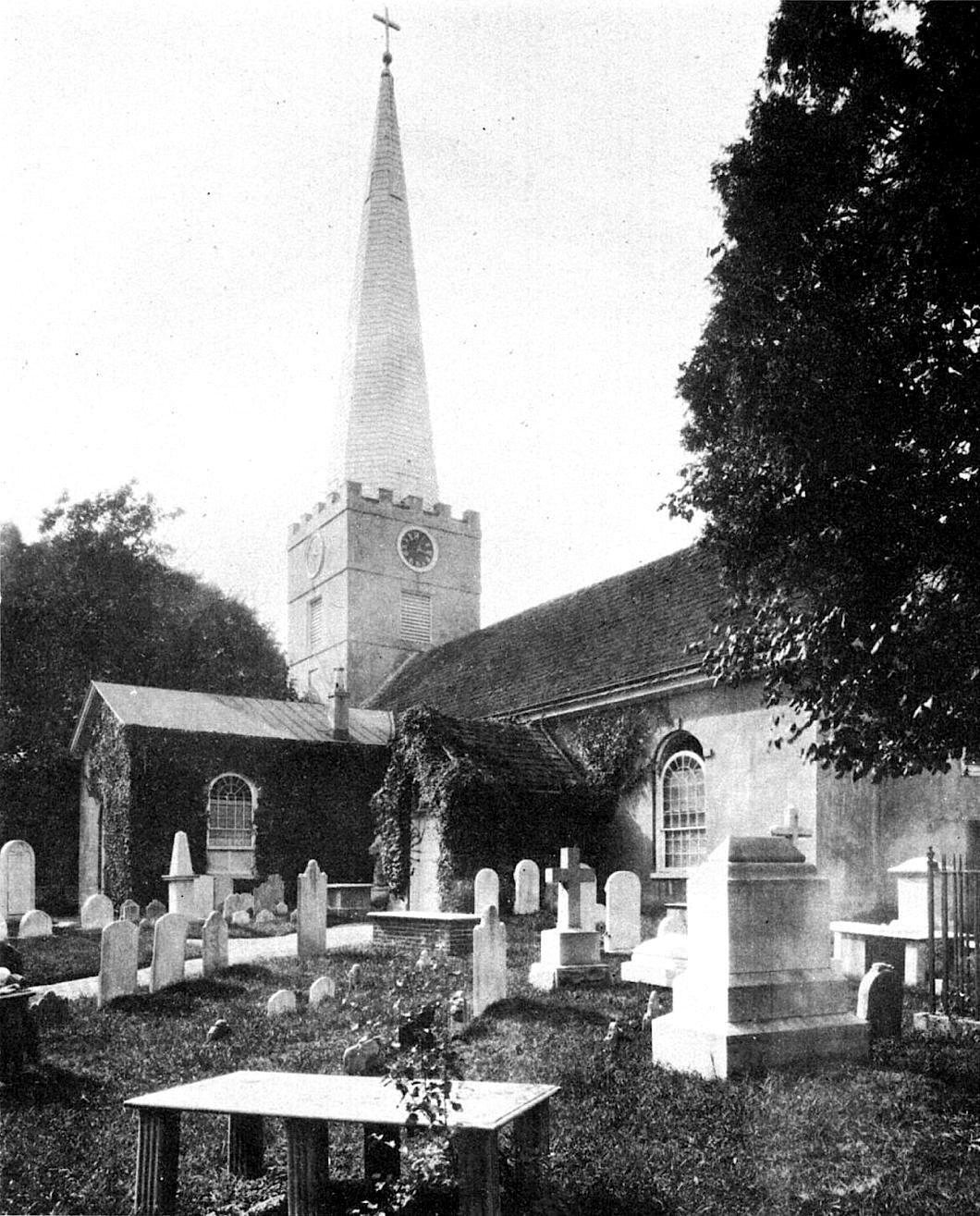
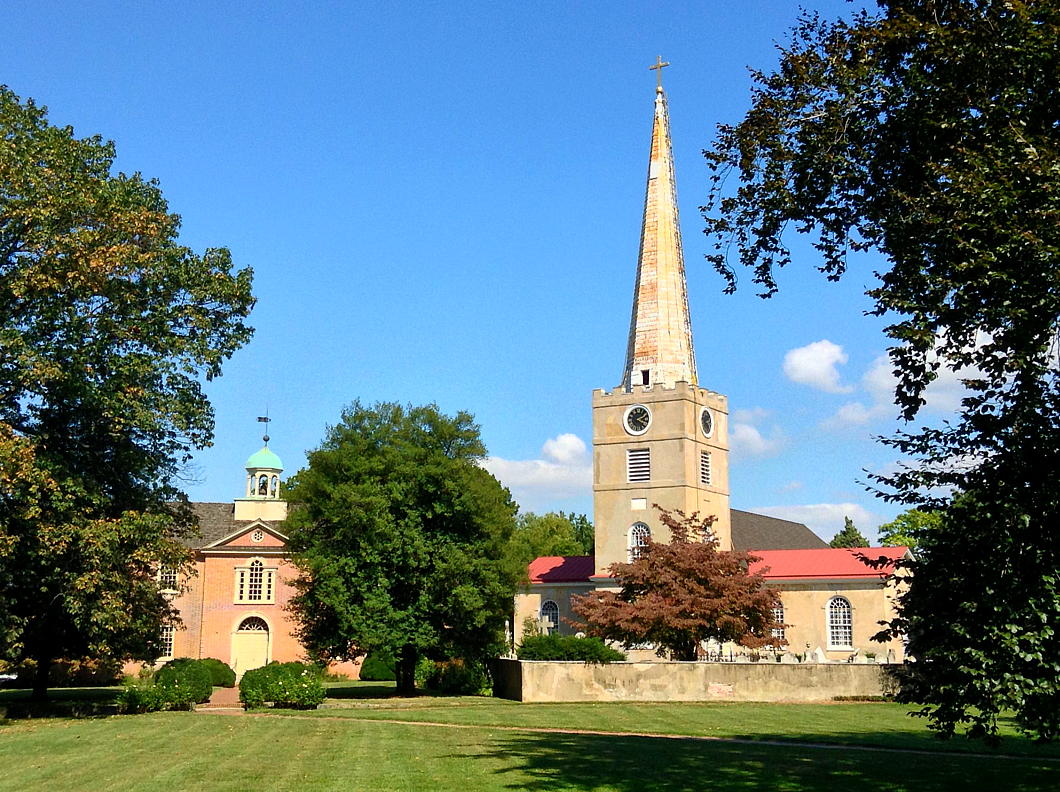
The denizens of New Castle who subscribed to the Church of England had already organised their congregation in 1689 and in 1703 they began building their handsome parish church which sits on the town green to this day.
Immanuel Church must surely be the most beautifully situated colonial church in America. Its picturesque aspect is heightened by the fact that it runs east-to-west, defying the dull monotony of the rationalist colonial grid aligned to the riverfront.
The crenelated spire hints at the late surviving English gothic, while the firm classicism of the round-arch windows complements the tower with colonial elegance. As Queen Anne was on the throne back in London, this is still pre-Georgian.
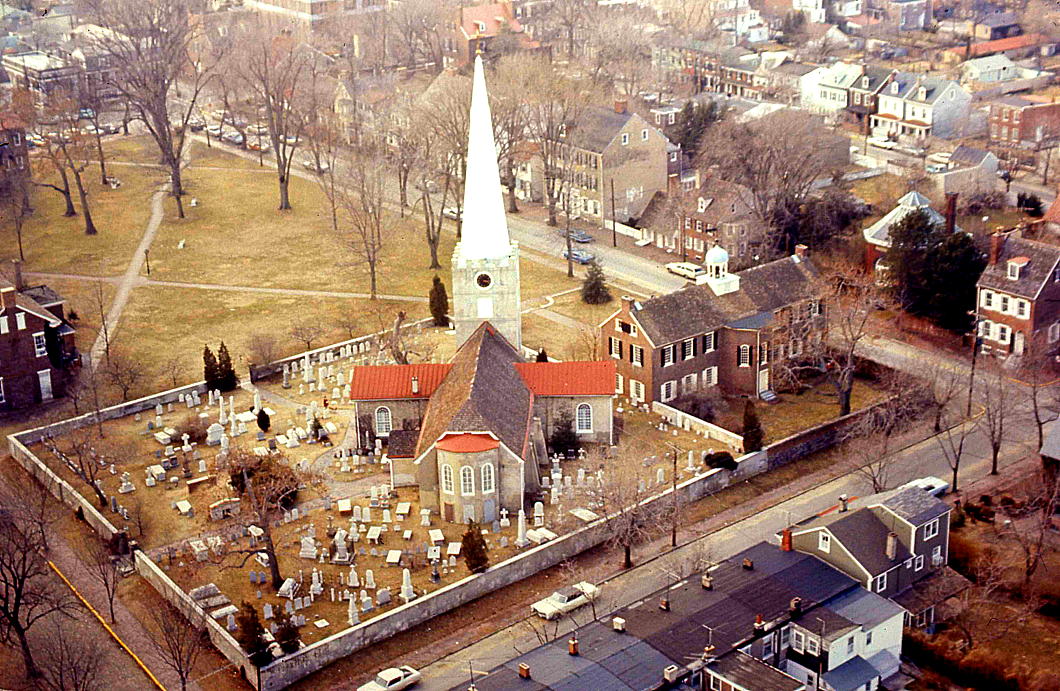
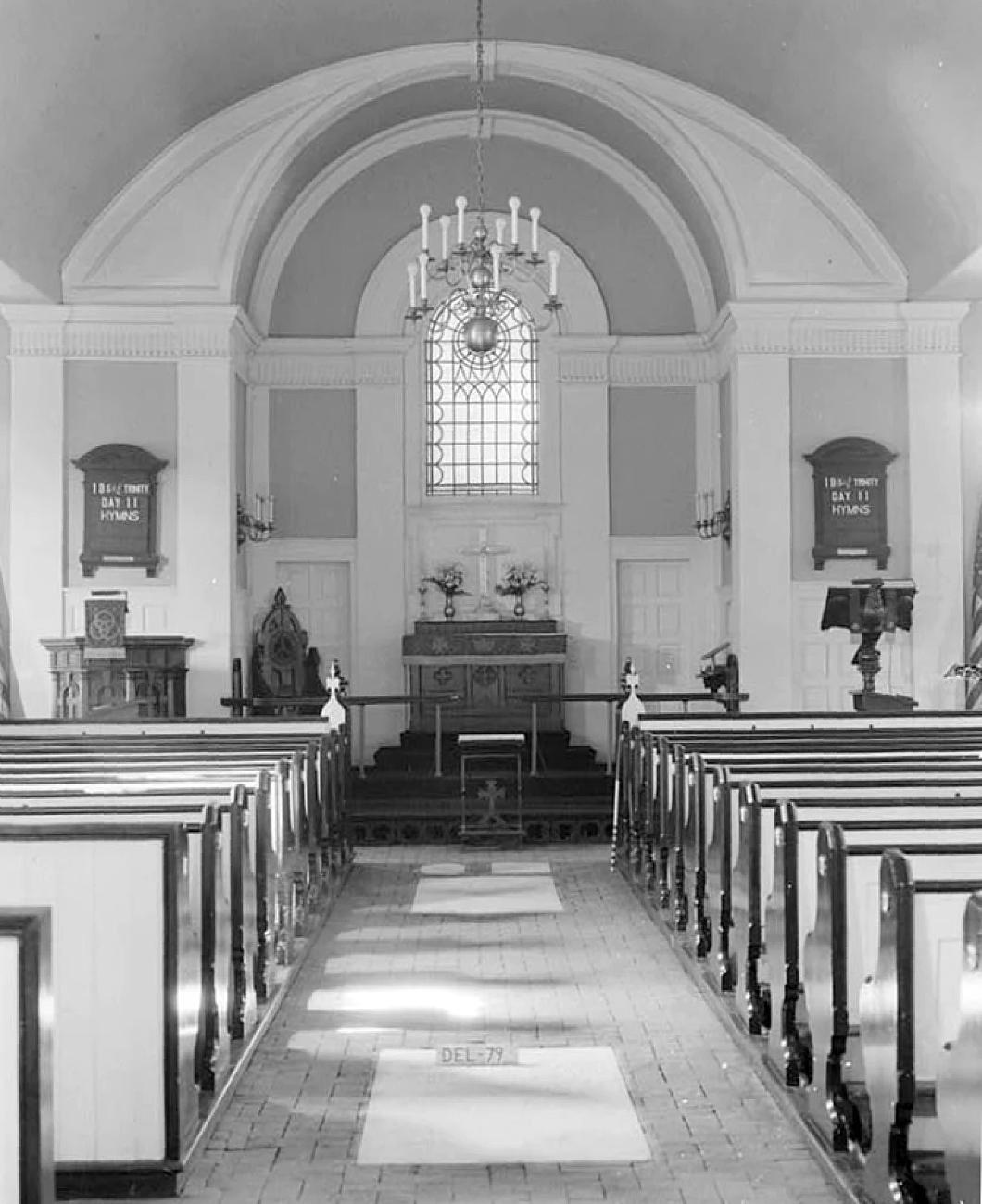
In the nineteenth century, when the Protestant Episcopal Church went through a phase of re-liturgicisation, the eastward orientation of Immanuel Church was flipped westward, with an apse inserted beneath the church tower.
After a catastrophic fire in 1980, it was decided to restore the structure to a somewhat free interpretation of the architect William Strickland’s 1822 alterations, including a rounded apse on the west end.
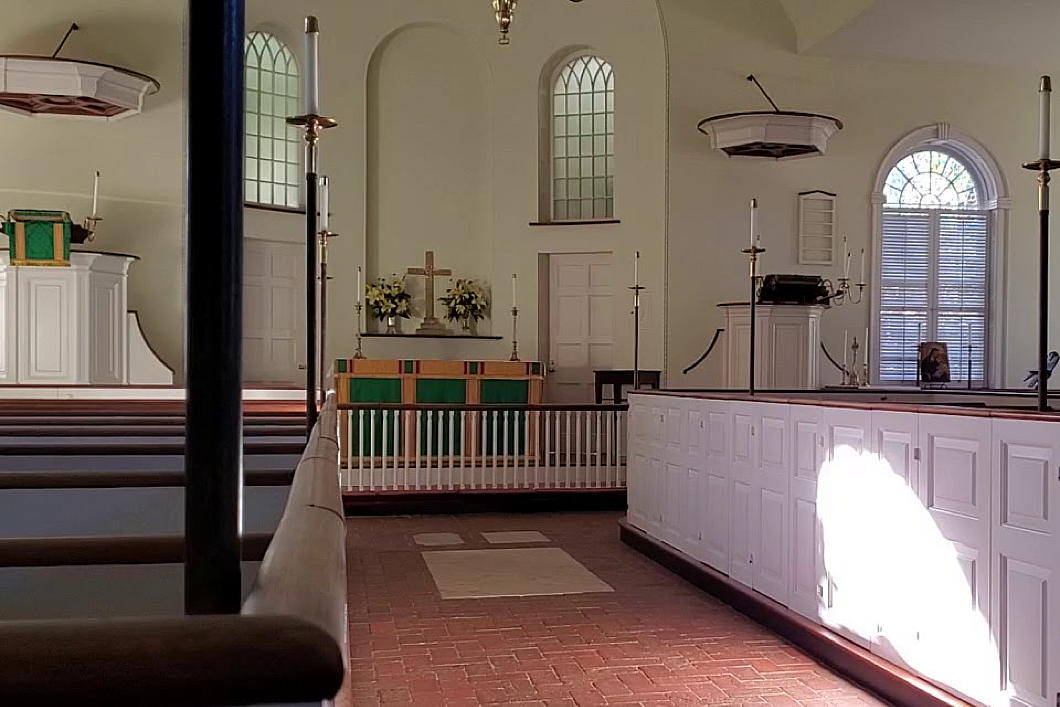
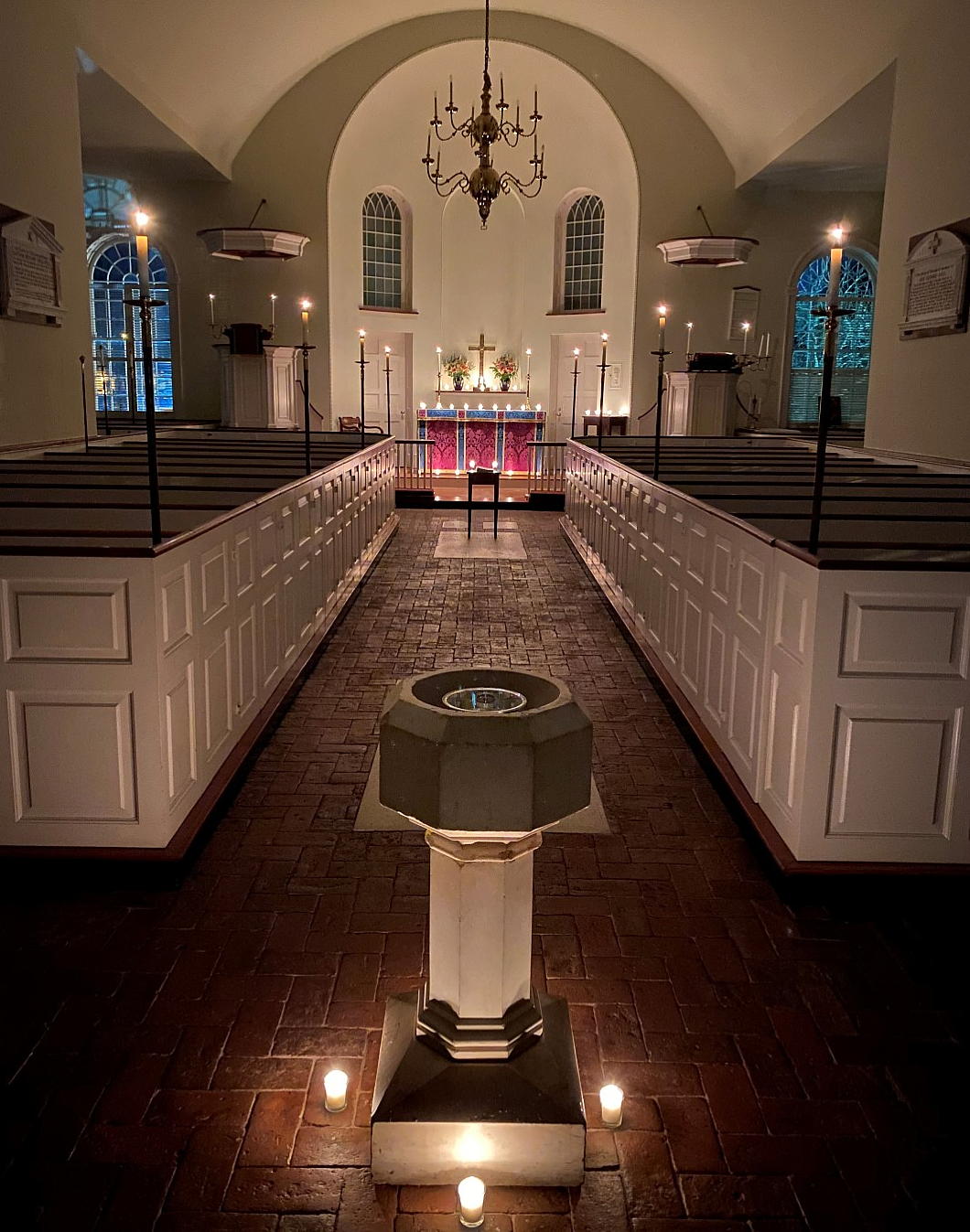
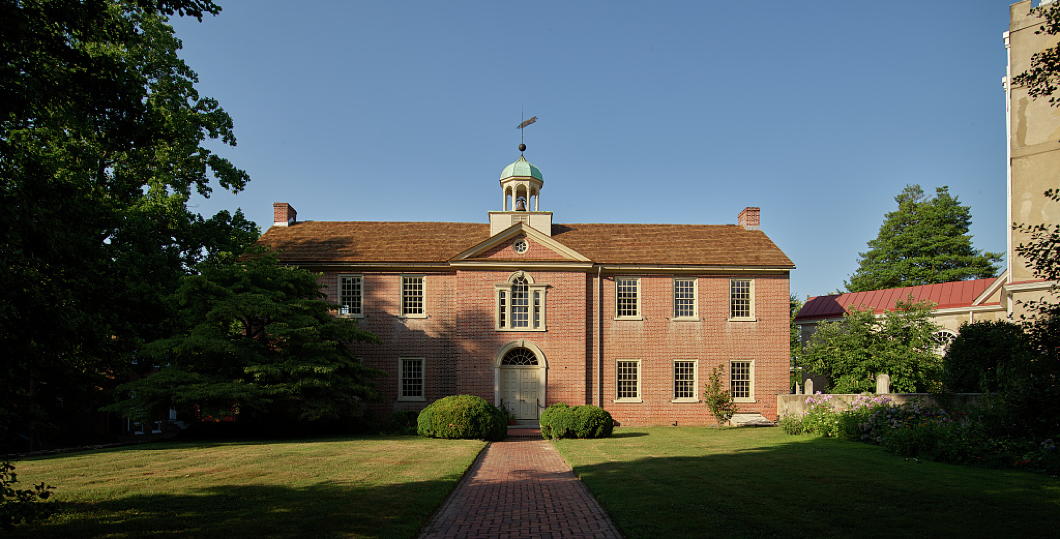
In the 1790s, the trustees of the Common decided that funds raised from the land within their purview would be used for the “for the erection and support of a college.” The Academy was built in 1799 and used as the town’s public school until New Castle High School was built in 1930.
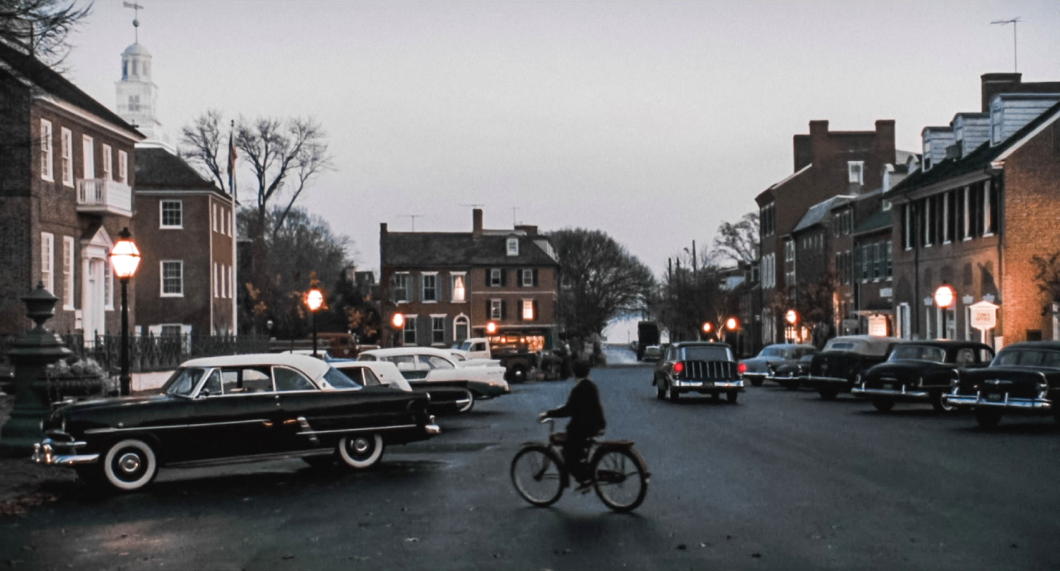
New Castle, Immanuel, and the town green all feature briefly in Peter Weir’s 1989 film ‘Dead Poets Society’, an analogy of fascism in which a charismatic teacher attempts to subvert order in a boys’ boarding school with tragic consequences.
One of the boys cycles past the church and through the town centre on his way to a family party. Most of the picture was filmed at St Andrew’s School half an hour south of New Castle.
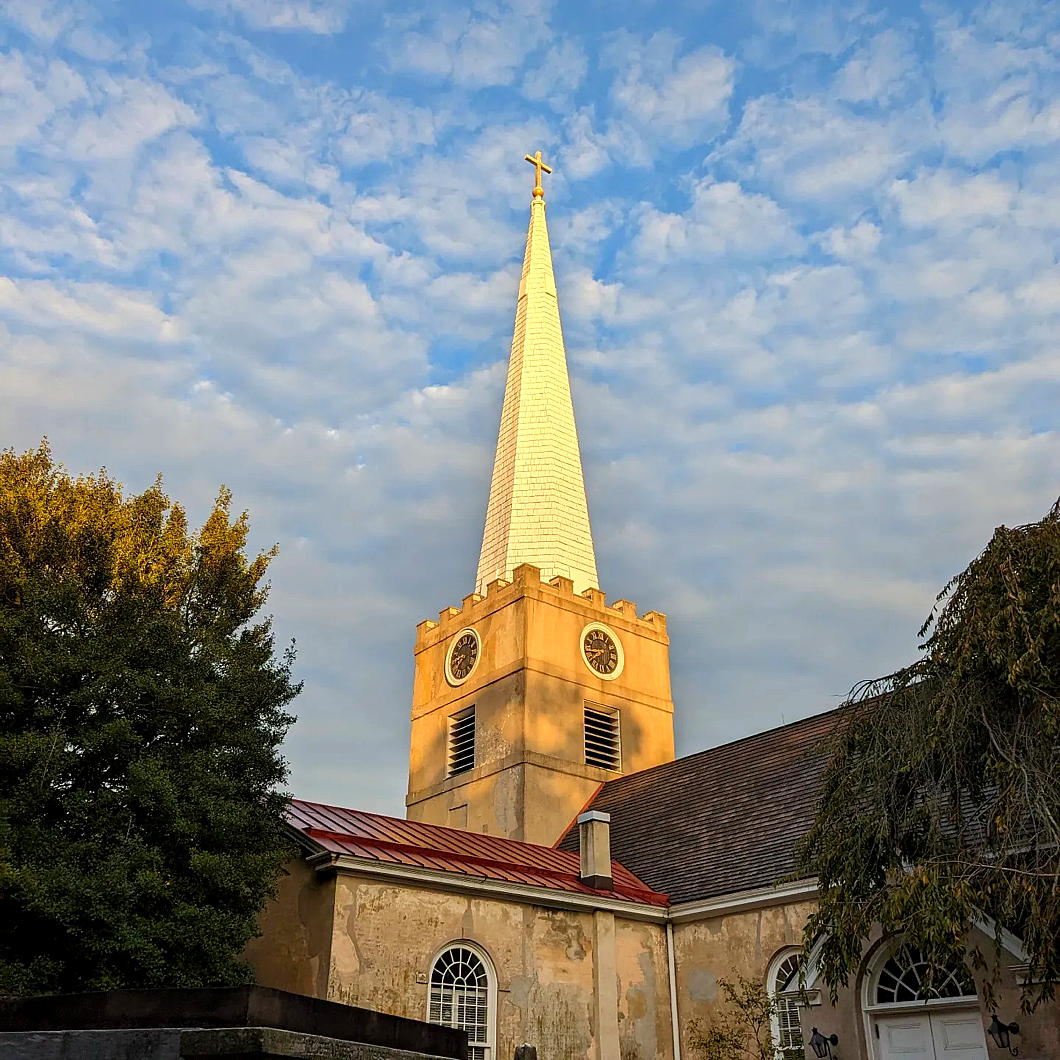
Situated as it is in the premier settlement of the state, Immanuel on the Green’s churchyard includes the final resting places of a number of prominent Delawareans. Nicholas Van Dyke snr., the seventh President of Delaware (as their governors were known until 1793), lies here as does his son, Senator Nicholas Van Dyke jnr..
George Read, signatory of the Declaration of Independence, third President of Delaware, U.S. senator, and Chief Justice of the state is likewise here. The twentieth-century governor (1929-1937) and U.S. senator (1943-1949) Clayton Douglass Buck is one of the later interments at Immanuel on the Green.
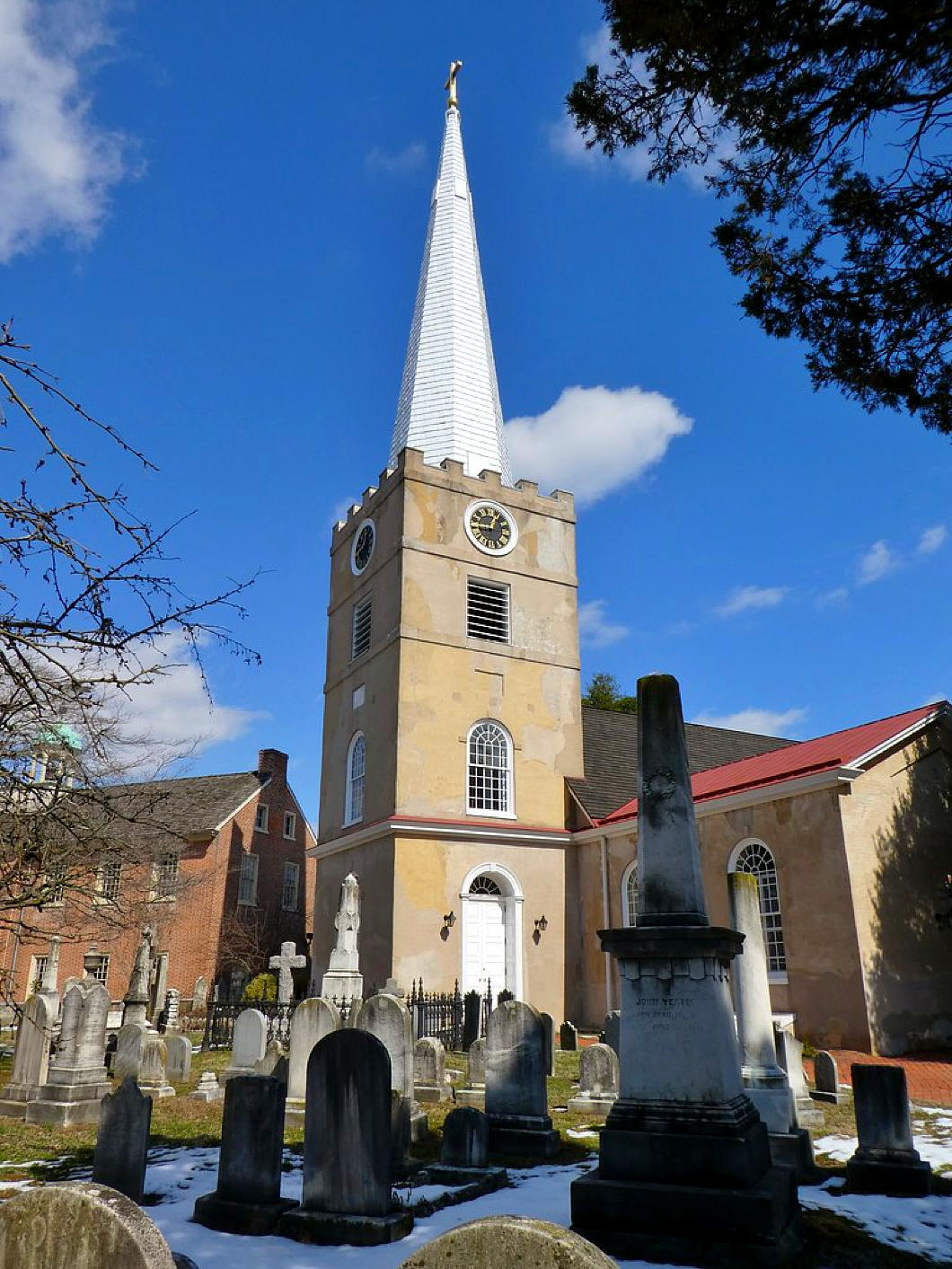
Search
Instagram: @andcusack
Click here for my Instagram photos.Most Recent Posts
- Articles of Note: 11 November 2024 November 11, 2024
- Why do you read? November 5, 2024
- India November 4, 2024
- The Lithe Efficiency of the Old Constitution November 4, 2024
- Waarburg October 2, 2024
Most Recent Comments
Book Wishlist
Monthly Archives
Categories


